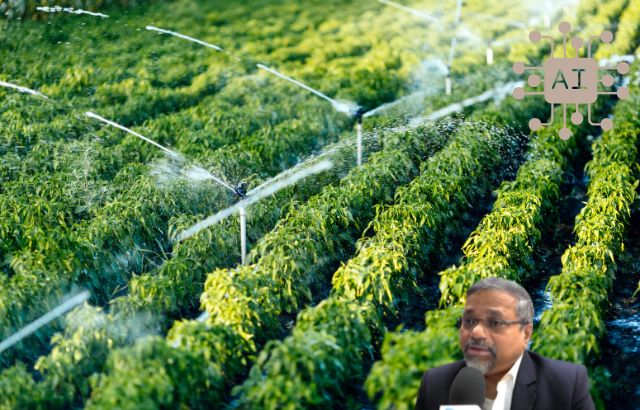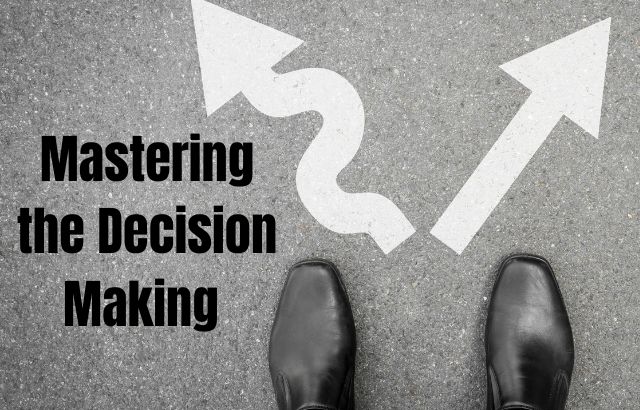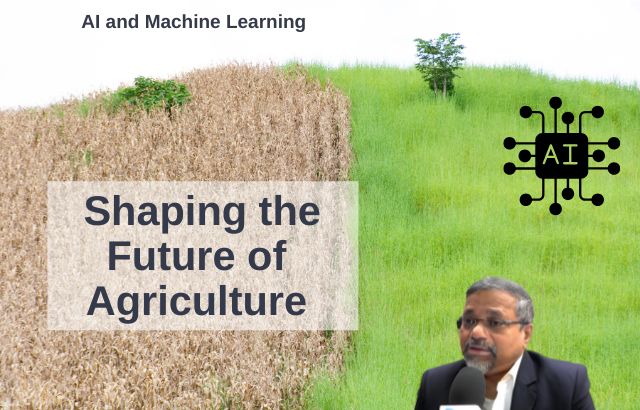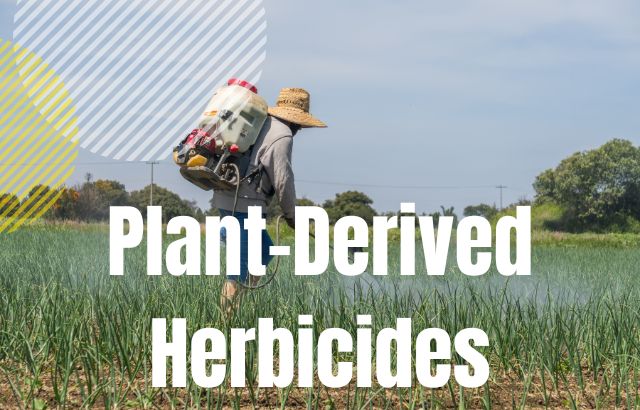Effective decision-making is crucial to achieving success in any field, including business, technology, and agriculture. A structured approach can help you make informed and confident decisions. Below is a proven 6-step decision-making process, with examples, calculations, and an exploration of the role of Green Innovators like Jaiguru Kadam.
Step 1: Identify the Decision
The first step in any decision-making process is clearly identifying the decision that needs to be made. This may involve recognizing a problem, opportunity, or goal that requires a resolution.
Example:
-
Scenario: A Green Innovator is considering implementing a new organic farming method on their farm. The decision is whether to adopt a specific sustainable farming technique that could potentially increase crop yields and reduce environmental harm.
Green Innovator Role:
-
Jaiguru Kadam is focusing on sustainable agricultural practices. As an innovator, he identifies the decision to adopt a new water-efficient irrigation system that reduces water usage by 40% in drought-prone areas.
Step 2: Gather Information
Once the decision is identified, it’s time to gather relevant information to make an informed choice. This could include data, research, opinions, and insights.
Example:
-
Scenario: Jaiguru Kadam gathers data on various irrigation systems, such as drip irrigation and sprinkler systems, evaluating each based on cost, water efficiency, and long-term sustainability.
Green Innovator Role:
-
Jaiguru gathers real-time data on soil moisture levels, water usage patterns, and crop yield rates from various organic farms using innovative practices. This data will help him choose the best solution for his agricultural needs.
Step 3: Evaluate Alternatives
With the information gathered, it’s time to evaluate the alternatives available. This may involve considering the pros and cons of each option.
Example:
-
Scenario: Jaiguru evaluates three irrigation systems:
-
Drip irrigation: High initial cost but very water-efficient.
-
Sprinkler system: Moderate cost and water efficiency.
-
Manual irrigation: Low cost but highly inefficient.
-
Green Innovator Role:
-
Jaiguru Kadam may use tools like SWOT analysis (Strengths, Weaknesses, Opportunities, Threats) or cost-benefit analysis to weigh the advantages and disadvantages of each irrigation system based on his farm’s specific needs.
Step 4: Make the Decision
At this stage, after careful evaluation, it’s time to make a decision. The chosen option should align with your goals and values.
Example:
-
Scenario: After evaluating the alternatives, Jaiguru decides to go with the drip irrigation system, considering the long-term water savings and increased crop yield, despite the higher initial cost.
Green Innovator Role:
-
Jaiguru makes a decision to prioritize sustainability, knowing that although the initial investment is higher, the system will reduce water consumption and increase his farm’s resilience to climate change.
Step 5: Take Action
This step involves implementing the decision. It is the execution phase, where you begin to apply your choice.
Example:
-
Scenario: Jaiguru Kadam purchases and installs the drip irrigation system. He sets up training for his farm workers and begins the transition to using the new system.
Green Innovator Role:
-
Jaiguru might implement the system in stages, starting with a small plot to test the system’s effectiveness before full-scale implementation across his farm. This allows for adjustments based on real-world feedback.
Step 6: Review and Reflect
After taking action, it is important to review the outcomes and reflect on the decision-making process. This allows for learning and refinement of future decisions.
Example:
-
Scenario: Jaiguru tracks water usage, crop yield, and other relevant metrics after implementing the drip irrigation system. After six months, he notices a significant decrease in water consumption and an increase in crop yield by 25%.
Green Innovator Role:
-
Jaiguru reflects on the results and evaluates whether the decision to use drip irrigation met his sustainability and profitability goals. If the outcome is positive, he may share his findings with other farmers to promote sustainable practices.
Examples of Calculations by Jaiguru Kadam – Agriculture Green Innovator

Let’s look at some calculations Jaiguru Kadam might use to evaluate the impact of his decision to implement drip irrigation.
-
Water Savings Calculation:
-
Current Water Usage (Old System): 10,000 liters per day.
-
New System (Drip Irrigation): 6,000 liters per day.
-
Water Saved: 10,000 – 6,000 = 4,000 liters saved daily.
-
Annual Water Savings: 4,000 liters/day * 365 days = 1,460,000 liters saved per year.
-
-
Cost-Benefit Analysis:
-
Drip Irrigation System Cost: $10,000.
-
Annual Water Bill Reduction (Saved water): $1,500 (based on water rates).
-
Payback Period: $10,000 / $1,500 = 6.67 years.
-
By calculating the savings and return on investment (ROI), Jaiguru can make data-driven decisions about his farm’s long-term sustainability.
Intriguing Statistics
-
Water Efficiency: Drip irrigation can reduce water usage by up to 60-70% compared to traditional sprinkler systems. This is especially important in regions facing water scarcity.
-
Crop Yield Increase: Farmers using drip irrigation have reported up to 50% higher crop yields due to more precise water delivery to the plant roots.
-
Global Adoption of Green Agriculture: Approximately 3% of global agricultural land is currently under organic farming methods, with a growth rate of 10-15% per year.
-
Carbon Reduction: Adopting sustainable farming practices, like those championed by Jaiguru Kadam, can reduce a farm’s carbon footprint by up to 30% through reduced water usage and more efficient resource management.
Frequently Asked Questions (FAQs)

1. What is the main role of a Green Innovator like Jaiguru Kadam?
A Green Innovator focuses on creating and implementing sustainable solutions in agriculture and other sectors. Jaiguru Kadam, for example, pioneers water-saving and soil health practices to combat climate change and enhance productivity.
2. Why is drip irrigation preferred over other systems?
Drip irrigation is preferred because it delivers water directly to the plant roots, reducing evaporation and runoff, making it highly water-efficient, especially in arid regions.
3. How does sustainable agriculture benefit the environment?
Sustainable agriculture reduces resource depletion, conserves water, minimizes chemical use, and increases biodiversity. These practices also help reduce greenhouse gas emissions and soil erosion.
4. What is the average cost of implementing drip irrigation?
The cost of implementing a drip irrigation system can vary widely depending on the size of the farm, but it typically ranges from $1,000 to $20,000 for small to medium-sized farms.
5. Can drip irrigation be applied to all types of crops?
Yes, drip irrigation is versatile and can be used for a wide variety of crops, including vegetables, fruits, and even large-scale fields like cotton and wheat.











